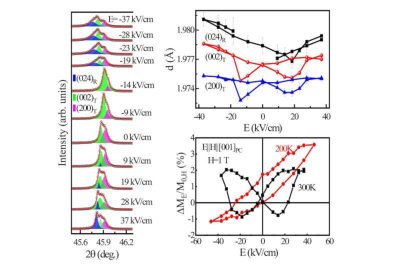Researchers design novel approach to identifying altermagnetic materials
Researchers at Osaka Metropolitan University, University of Nottingham, Czech Academy of Sciences, Diamond Light Source, ohannes Kepler University Linz, Johannes Gutenberg Universität Mainz, TU Wien and Masaryk University have used symmetry, ab initio theory, and experiments to explore x-ray magnetic circular dichroism (XMCD) in the altermagnetic class. The international research group recently pioneered a new method to identify altermagnets, using manganese telluride (α-MnTe) as a testbed.
Magnetic materials have traditionally been classified as either ferromagnetic or antiferromagnetic. However, there appears to be a third class of magnetic materials exhibiting what is known as 'altermagnetism'. In ferromagnetic materials, all the electron spins point in the same direction, while in antiferromagnetic materials, the electron spins are aligned in opposite directions, half pointing one way and half the other, canceling out the net magnetism. Altermagnetic materials are proposed in theory to possess properties combining those of both antiferromagnetic and ferromagnetic materials. One potential application of altermagnetic materials is in spintronics technology, which aims to utilize the spin of electrons effectively in electronic devices such as next-generation magnetic memories. However, identifying altermagnets has been a challenge.
